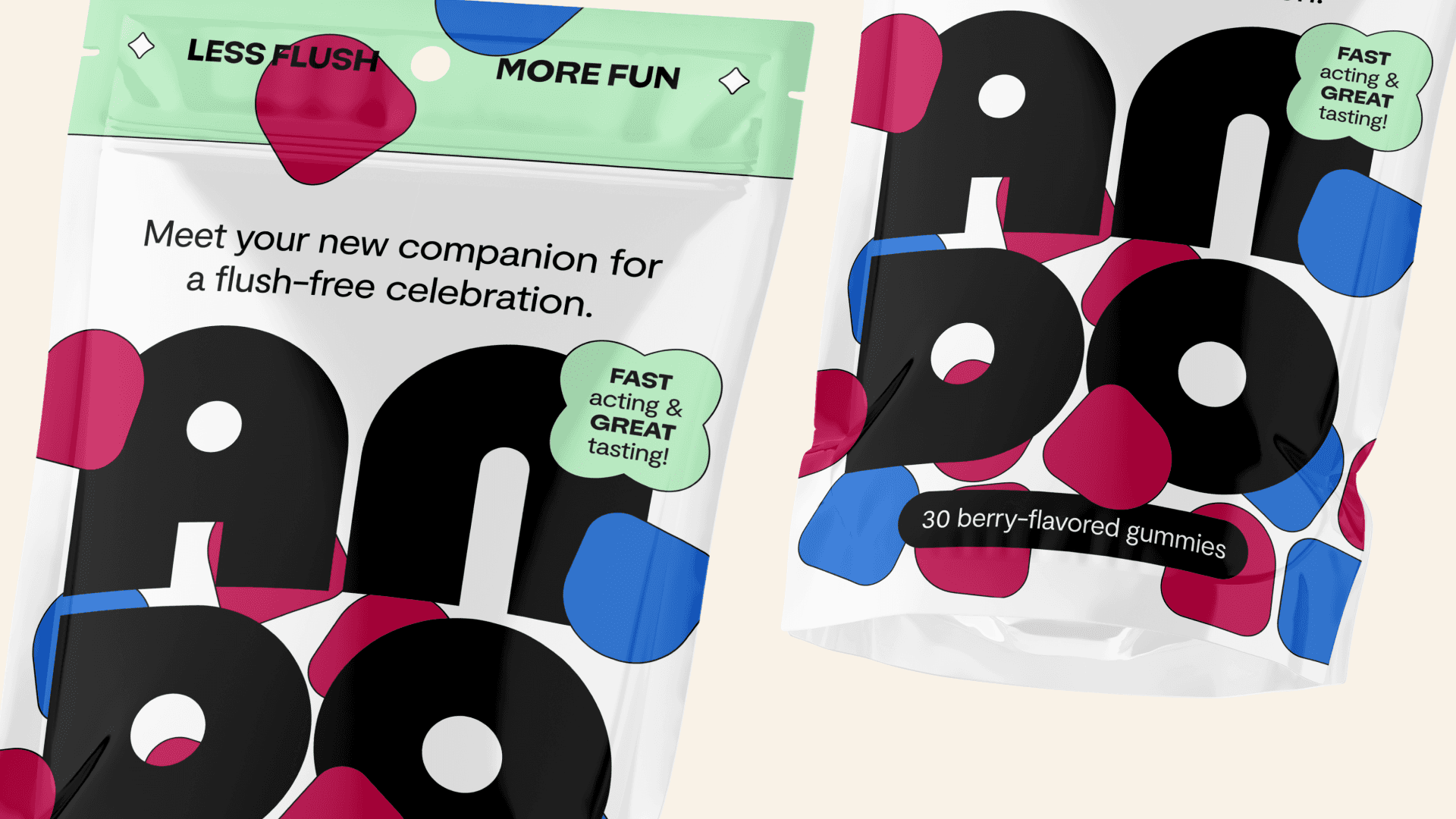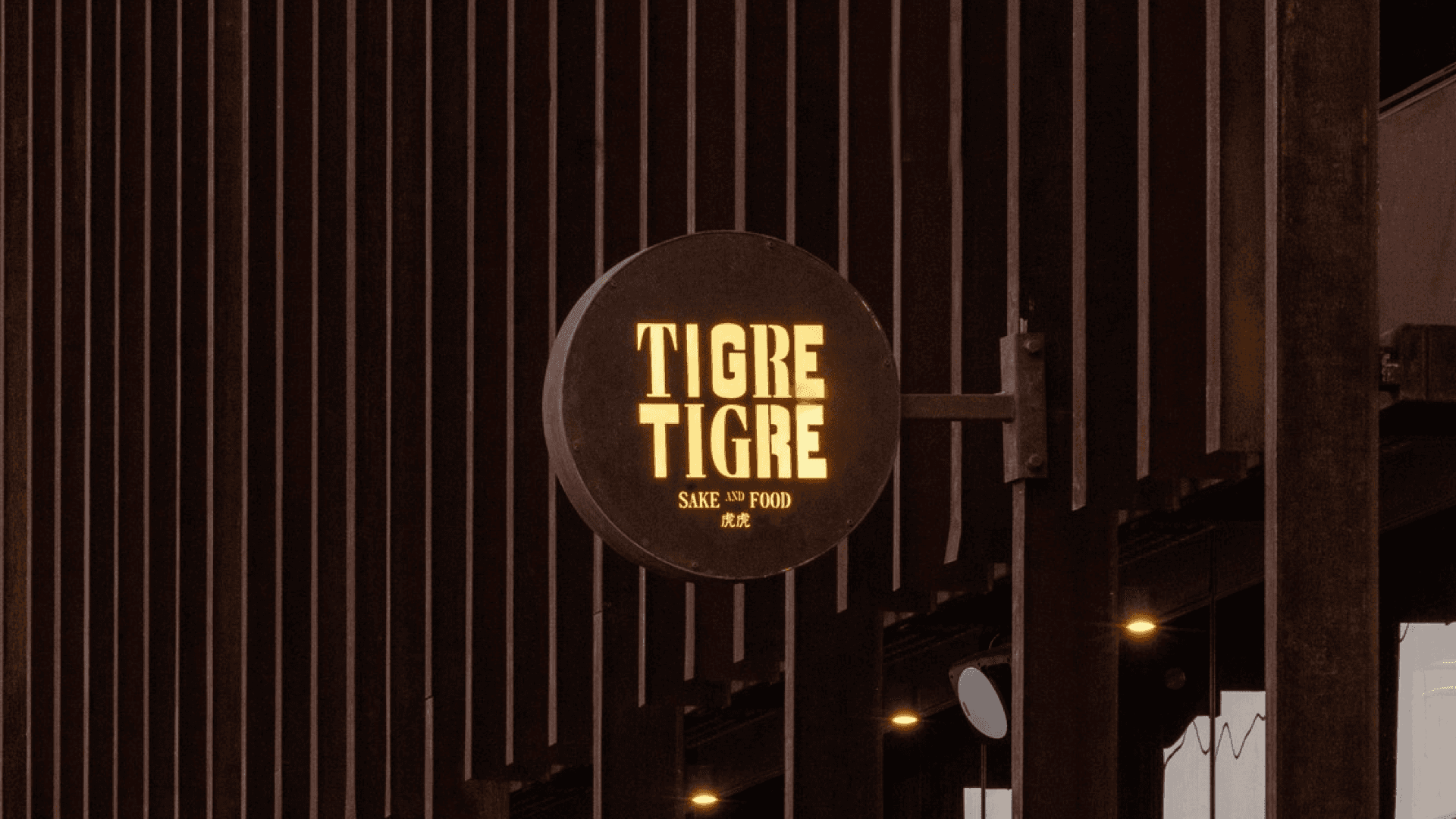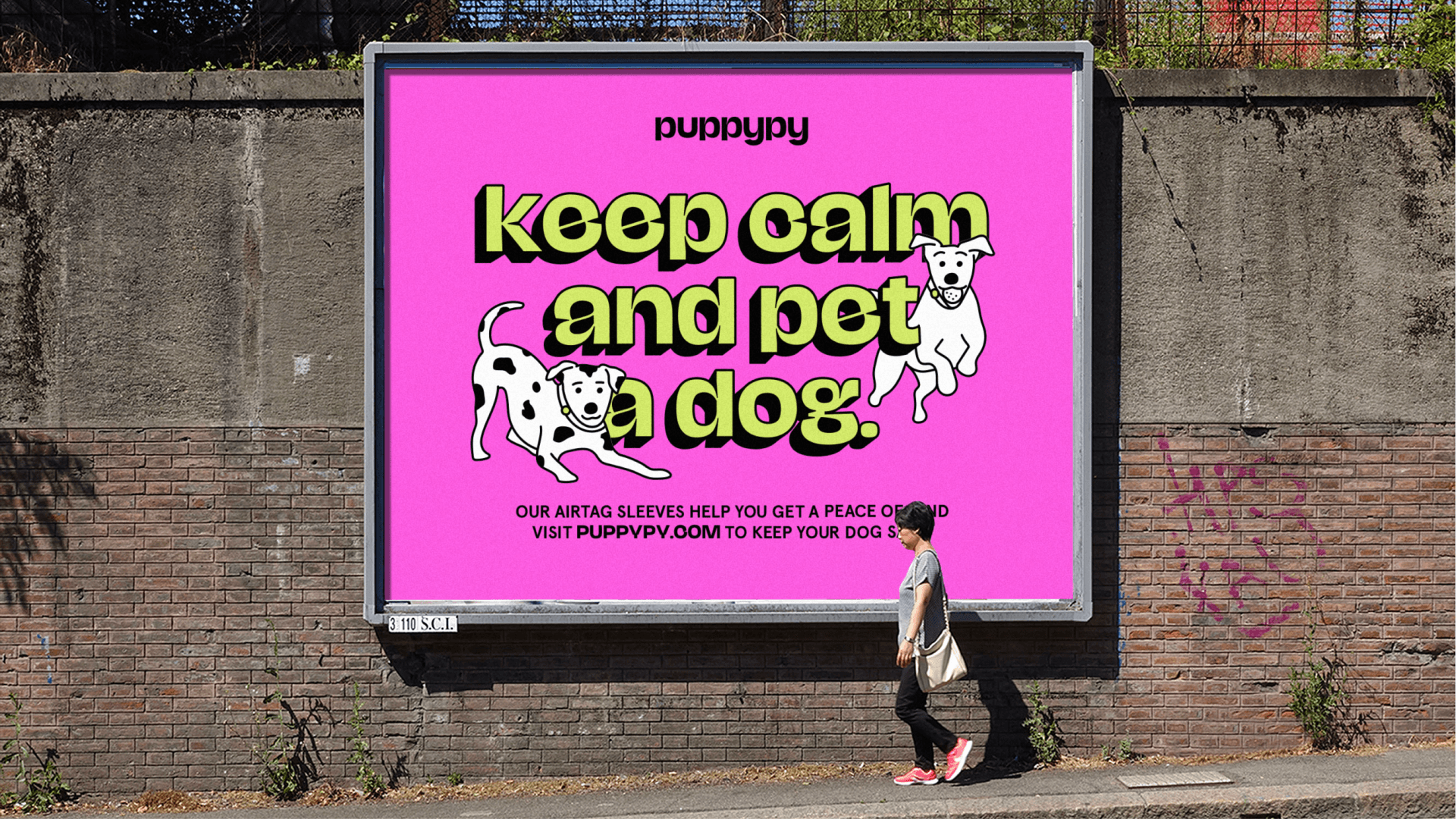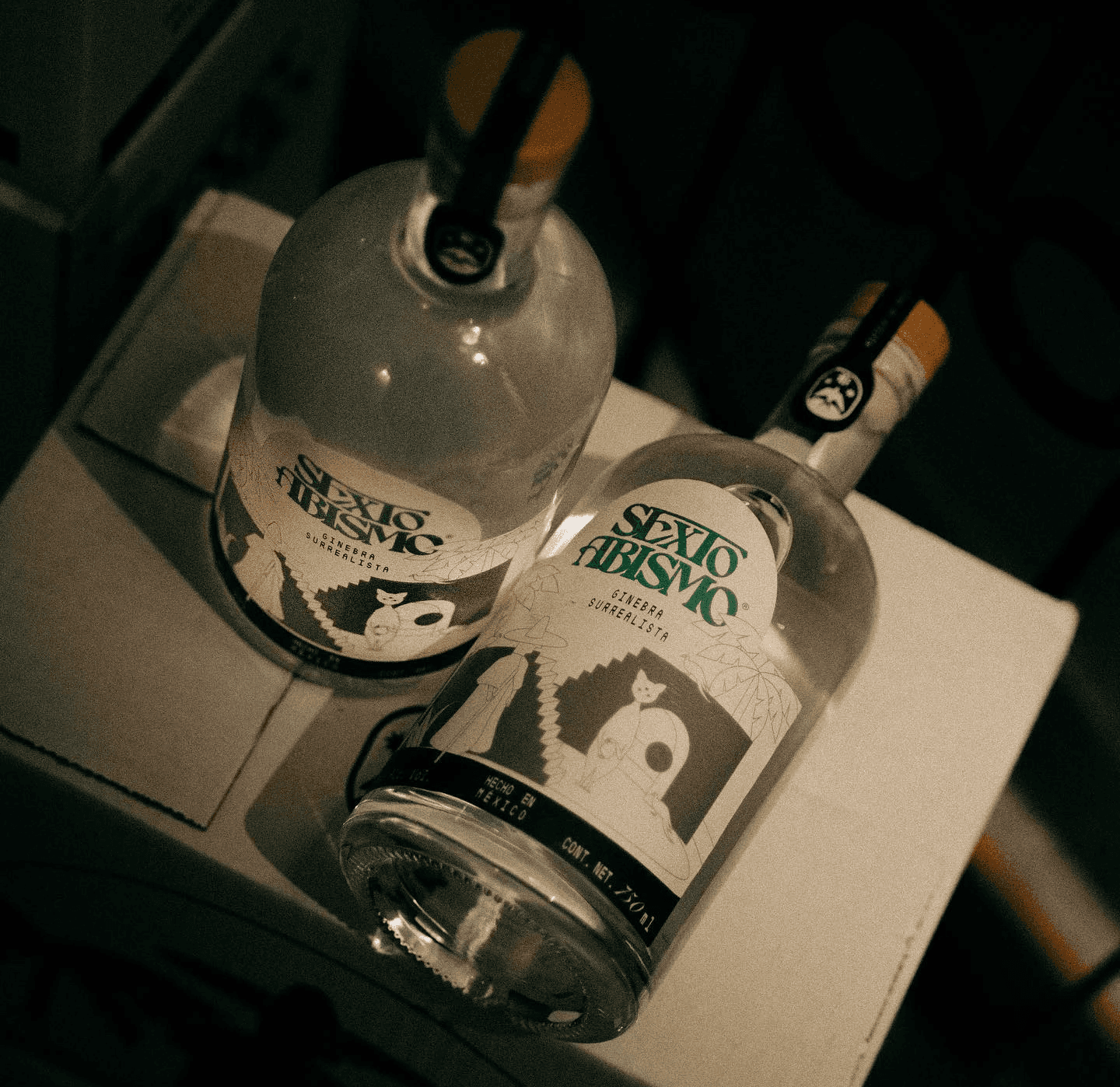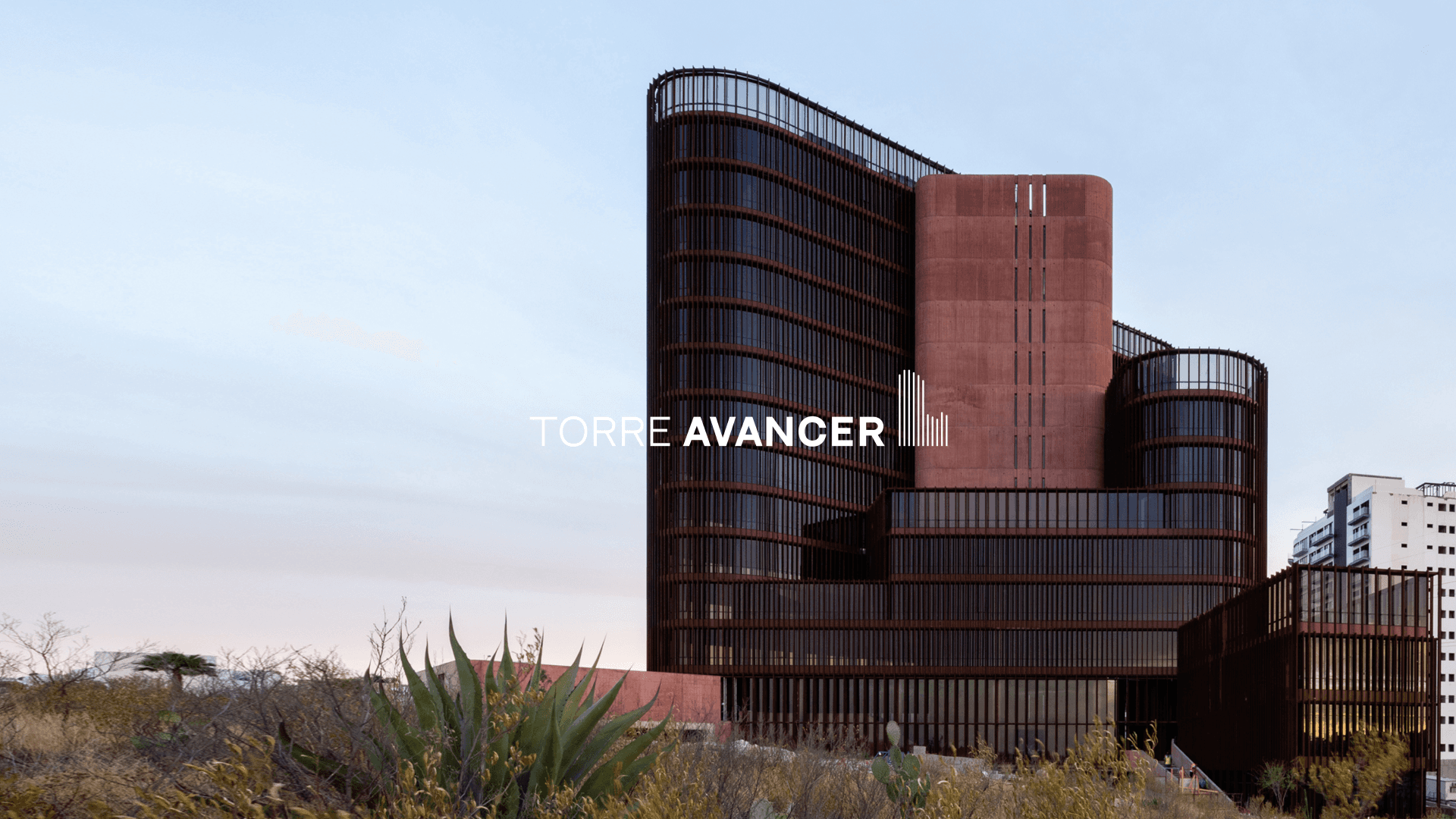Graphic Design Inspiration: Fueling Creativity & Innovation
Your personal brand communicates who you are and what you stand for as a designer.
As a graphic designer, tapping into fresh inspiration is crucial for fostering creativity and driving impactful branding. Exploring various sources of inspiration not only enhances your design skill set but also enables you to create unique branding experiences that resonate with your audience. Whether you're working on a logo, a website, or a comprehensive brand strategy, the right inspiration can transform your design process.
At Atla*, we understand that creativity thrives on diverse influences. By leveraging market insights and consumer lifestyles, you can craft visual identities that are not just aesthetically pleasing but also authentically connect with your target audience. Our multidisciplinary team collaborates to guide you on a continuous journey of brand development, ensuring your designs evolve alongside your business needs.
To elevate your work, uncovering inspiration from various resources is key. This article will explore valuable avenues for sparking your creativity, helping you embrace the ever-changing landscape of graphic design and branding.
Understanding Design Fundamentals
A solid grasp of design fundamentals is essential for effective visual communication. Key components such as typography, color palettes, and various design principles shape how your message is conveyed. Mastering these elements will enhance your ability to create compelling designs.
The Elements of Graphic Design
Graphic design encompasses several essential elements that work in harmony. These include line, shape, color, texture, space, and form. Each element plays a critical role in constructing visual narratives.
Line creates movement and guides the viewer’s eye.
Shape adds structure and differentiates components within your design.
Color conveys emotions and sets the tone for your message.
Proper usage of these elements can elevate your designs from basic to impactful. Understanding how they interact allows you to manipulate and create engaging visuals effectively.
The Importance of Typography and Color Palettes
Typography and color palettes are fundamental in establishing your brand identity. Typography not only enhances readability but also conveys personality. Choosing the right typeface affects how your message is perceived, distinguishing between formality, playfulness, or sophistication.
Color palettes influence emotional responses and help convey brand values. Different hues evoke distinct feelings; for instance, blue can instill trust, while red can evoke excitement. Atla* specializes in creating unique visual identities, crafting tailor-made color palettes that align with your brand ethos. A cohesive approach to typography and color reinforces market positioning and enhances recognition, making your brand memorable.
Exploring Design Inspirations and Resources
Finding inspiration is vital for graphic designers, allowing you to expand your creativity and enhance your design projects. Various resources, platforms, and experiences can provide fresh ideas and insights into effective design.
Online Platforms and Galleries
Numerous online platforms cater specifically to graphic designers seeking inspiration. Websites like Dribbble and Behance allow you to browse vast collections of user-generated content, showcasing innovative designs across various styles and disciplines. These platforms not only enable you to discover trends but also connect with fellow creatives.
Typewolf is an essential resource for typography inspiration. It curates examples of great type usage in web design, making it easier for you to select fonts for your projects. For deeper insights, AIGA Eye on Design combines design news, research, and visual resources. Abduzeedo offers daily inspiration through featured projects and articles, perfect for sparking new ideas.
Learning from Established Designers
Studying the work of established designers can significantly influence your own creative journey. Follow design leaders and their portfolios, observing their styles, techniques, and approaches to problem-solving. Many designers also share their processes through blogs, webinars, and social media, providing valuable learning opportunities.
Engaging with design communities allows you to ask questions and receive feedback on your work. Participating in discussions and critiques can deepen your understanding of design principles and help you refine your skills. Learning from both successes and failures in the industry will guide you toward developing your unique voice as a designer.
Nature and Travel as Muse
Nature and travel can profoundly impact your design perspective. Observing natural environments often sparks creativity, offering lessons in color palettes, patterns, and textures. Whether it’s the calm of a forest or the vibrant colors of a sunset, these experiences can inspire refreshingly unique designs.
Traveling also exposes you to diverse cultures, art forms, and visual storytelling techniques. Visiting art galleries and local exhibitions provides insight into various artistic movements and trends. This exposure broadens your horizons and encourages you to incorporate new influences into your work. Embrace these experiences to elevate your design approach and craft compelling visual narratives.
In your journey as a designer, consider integrating these resources and experiences to continually refine your skills and outlook. At Atla*, we understand the importance of inspiration and creativity, blending them with strategic insights to create brands that resonate effectively with audiences.
Cultivating Creativity and Overcoming Blocks
Creativity is a dynamic process, and navigating through creative blocks can be challenging. Fostering an ongoing creative flow requires both intentional practices and the willingness to seek inspiration from unexpected areas.
Fostering the Creative Process
To nurture your creativity, establish routines that encourage exploration. Set aside dedicated time for brainstorming without judgment. Use techniques like mind mapping or free writing to let your ideas flow.
Surround yourself with stimulating environments—consider varying your workspace, incorporating art, or changing your scenery entirely. Engaging in different activities, such as reading broadly or practicing a new skill, can also spark fresh ideas.
Don't forget to reflect on your creative projects regularly. Assess what worked and what didn't, which can guide your future endeavors. Atla* understands that creativity merges with strategy, offering branding services to help you uncover and articulate your unique vision.
Dealing with Creative Block
Experiencing a creative block is common. You may find that your creative juices feel stagnant. Identify the cause of your block—stress, lack of inspiration, or even perfectionism might be contributing factors.
Take short breaks or engage in physical activities to clear your mind. Techniques such as meditation or mindfulness can minimize anxiety and reset your thought patterns. Consider changing your environment or task for a fresh perspective.
Setting small, manageable goals is also effective. Break down larger projects into bite-sized tasks to avoid feeling overwhelmed. Embrace the possibility of failure; this can free you from the pressure of perfection and re-energize your creative efforts.
Inspiration from Unconventional Sources
Look beyond traditional sources of inspiration. Nature often serves as a powerful muse; taking a walk in a park or observing wildlife can provide surprising insights.
Explore art forms outside your field—attend performances, read literature, or watch films. Engaging with diverse creative expressions can ignite new ideas and perspectives.
Don’t shy away from crowdsourcing inspiration. Interacting with peers, attending workshops, or joining online forums can expose you to a wealth of ideas. Your journey with Atla* can enhance this process, as our multidisciplinary team is dedicated to crafting projects that resonate with audiences. This collaboration fosters a supportive atmosphere for discovering innovative solutions.
Techniques and Practices for Graphic Designers
To excel in graphic design, you need to master specific tools, stay updated with industry trends, and continually expand your skill set. These strategies not only enhance your creativity but also elevate the quality of your work.
Mastering Digital Tools and Software
Familiarity with design software is crucial for any graphic designer. Tools like Adobe Creative Suite, Sketch, and Figma allow you to create stunning visuals with precision. Invest time in exploring features and shortcuts to improve your efficiency.
Consider exploring lightweight programs for quick tasks, like Canva for social media graphics. For those starting out, subscribing to platforms like Atla* can provide access to top-tier design resources tailored for varying skill levels.
Continuous learning and practice with new software versions helps keep your skills sharp and relevant.
Discovering the Latest Design Trends
Staying informed about current design trends is essential for maintaining a fresh perspective. Following design blogs, attending conferences, and engaging with online communities allow you to observe innovative approaches.
Incorporate trending elements like minimalism, bold typography, and vibrant color palettes into your work. Analyze the designs of leading brands to understand what resonates with audiences today. Resources like Atla* offer insights from industry experts that can guide you in applying these trends effectively to your projects.
Engaging with social media platforms like Instagram and Pinterest can also inspire your creative process.
Expanding Skill Set with Tutorials and Templates
Utilizing online tutorials is a practical way to learn new techniques quickly. Websites like YouTube and Skillshare offer numerous video resources that cater to various design disciplines, from logo creation to UX design.
Templates serve as excellent starting points, providing structure while allowing for personalization. Tools like Canva and Adobe Spark provide user-friendly templates for quick design solutions. By experimenting with and customizing templates, you can refine your style and develop unique visual identities.
Collaborating with experienced designers can provide mentorship and exposure to new methods. Engaging with the creative community allows you to exchange ideas and receive constructive feedback on your work.
Building Professional Networks and Branding
Creating a strong network and a compelling brand is crucial for your success as a graphic designer. These elements not only enhance your visibility but also foster lasting connections within the design industry.
Joining Design Communities and Networks
Engaging in design communities is essential. You can find these groups online or in local settings. Communities like Behance or Dribbble allow you to showcase your work, receive feedback, and collaborate with others.
Consider joining professional organizations or attending design conferences. These platforms offer valuable insights, networking opportunities, and workshops that can enhance your skills. Building relationships with other designers can lead to referrals, collaborations, and even mentorship.
Participating in design competitions can also elevate your profile. Winning awards not only boosts your confidence but also demonstrates your ability to produce exceptional work.
Creating a Compelling Personal Brand
Your personal brand communicates who you are and what you stand for as a designer. Start by identifying your unique style and the niches you want to target. This clarity helps potential clients understand the value you provide.
Consistent messaging is key. Use cohesive visual elements across your portfolio, website, and social media. This includes your logo, color palette, and typography. Atla* helps you define your brand’s essence, crafting a unique visual identity that reflects your core values.
Your online presence should tell your story effectively. Consider a blog where you share insights and experiences, reinforcing your authority in the field.
Establishing Your Design Identity
Establishing your design identity involves showcasing your portfolio effectively. Highlight your best work and ensure it aligns with the brand you want to project. A well-organized website is crucial; include sections for case studies, testimonials, and your design process.
Networking is also an integral part of shaping your identity. Collaborate with other creatives to expand your skill set and gain exposure. As you build your portfolio, consider working on diverse projects to demonstrate versatility.
Atla* blends creativity and strategy, offering branding strategy services that guide your journey in establishing a powerful design identity. Focus on authenticity and let your unique perspective shine through, making genuine connections within your community.




